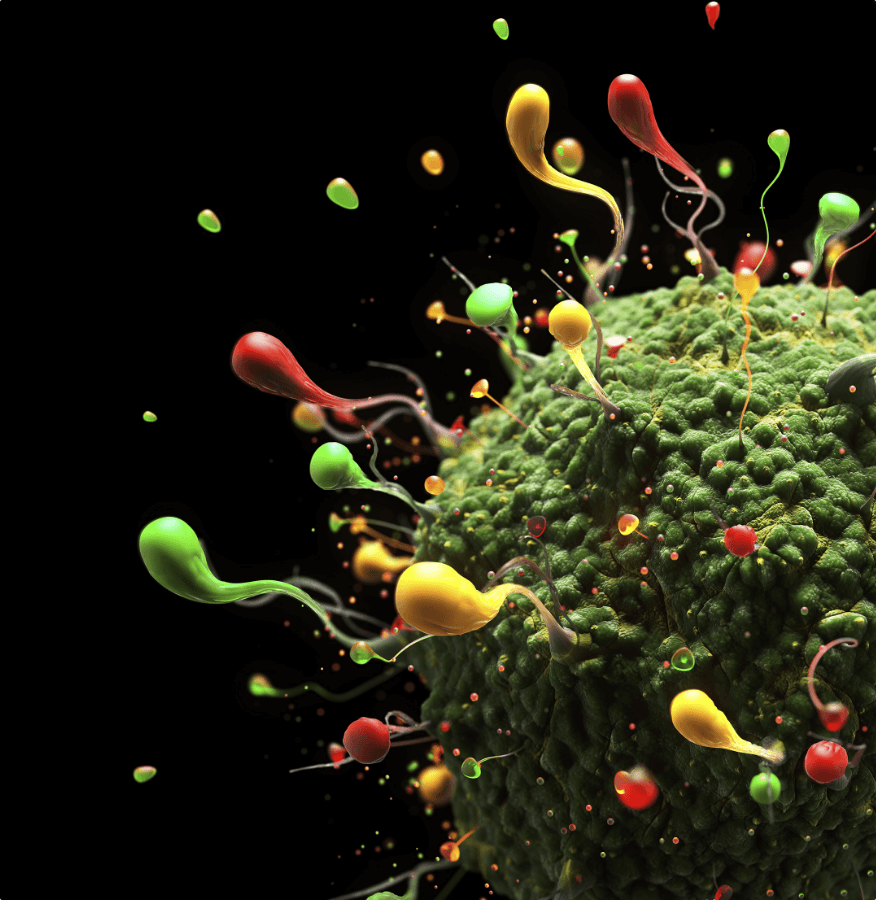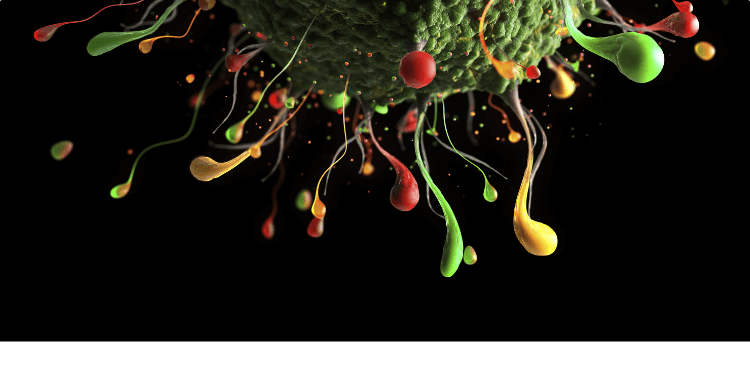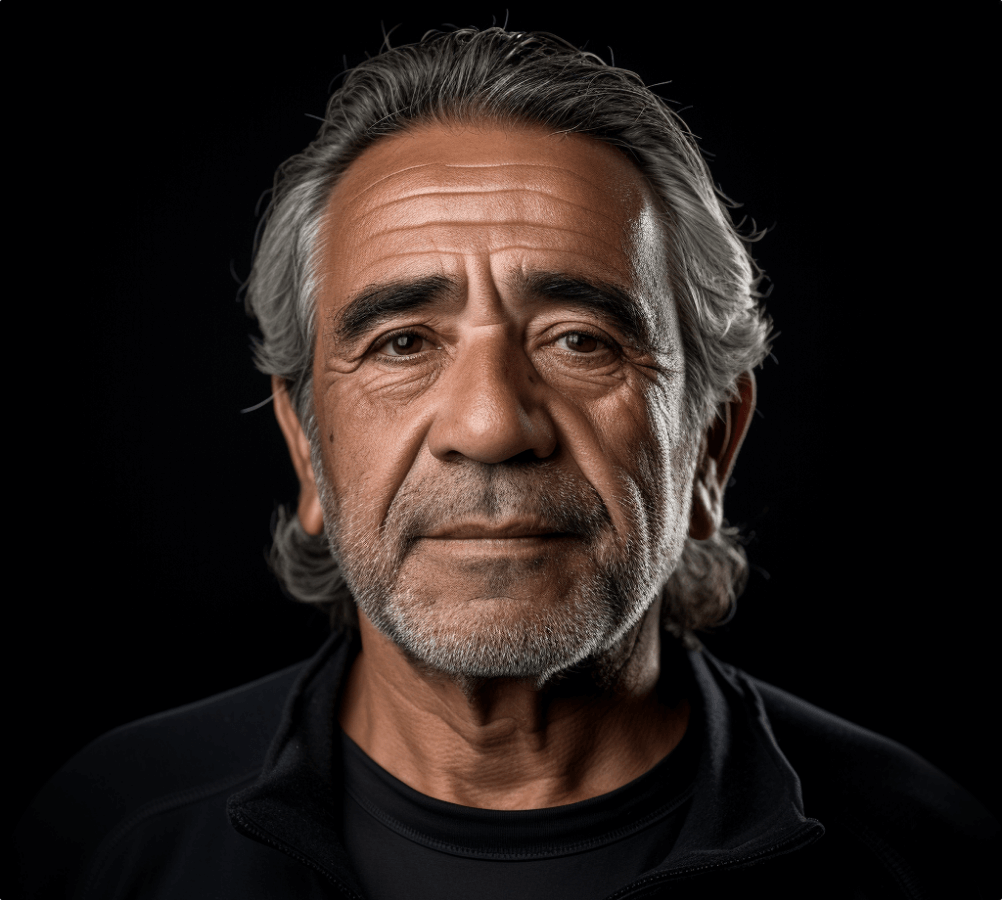

Choose 3D Predict™ Glioma over trial and error

Our proprietary 3D cell culture technology cultivates patients’ live tumor cells in a controlled environment that closely replicates their actual tumor and immune system. Now, you can predict therapy response prior to initiation for confident, personalized treatment decisions.
CLIA certificate: #42D2130169
Battling an aggressive and
challenging tumor
The first-line approach for high-grade glioma (HGG) holds the best chance for success but its failure sets the stage for more complex considerations. Second-line treatment options may be less effective due to:
- Potential development of resistance to therapies
- Alterations in the tumor microenvironment
- Modifications in the cancer’s characteristics resulting from the cumulative effects of prior treatment
If the first treatment fails, patients face a complex and challenging journey
- Progression of the disease can significantly impact their overall health and quality of life.
- The transition from initial hope to disease progression can be emotionally challenging for both patients and their families.
“[A]mbiguity combined with extremely short survival times and short recurrence cycles makes it imperative that oncologists pick the most efficacious therapy first. A testing platform with clinically actionable results providing insight into patient response to potential therapies would be invaluable to the neuro-oncologist.”1
HGG is marked by low survival rates,
high costs, and emotional strain
more than 10,000 people
in the US will succumb to glioblastoma every year.2The 5-year relative
survival rate is
6.9%
with a median survival of
8 months.2
Glioblastoma is one of the more expensive cancers to treat, often leaving patients and families with major financial hardship on top of the burdens of the disease.2
3D Predict Glioma empowers you with the predictive information you need to help patients reach their milestones while retaining their quality of life.
3D Predict Glioma is indicated for use in newly diagnosed and recurrent glioma patients to predict therapeutic response among 12 agents:
- Abemaciclib
- Carboplatin
- Lomustine
- Procarbazine
- Abemaciclib
- Carboplatin
- Lomustine
- Procarbazine
- Rucaparib
- Trametinib
- Rucaparib
- Trametinib
- Osimertinib
- Irinotecan
- Osimertinib
- Irinotecan
- Dabrafenib
- Etoposide
- Everolimus
- Temozolomide
- Dabrafenib
- Etoposide
- Everolimus
- Temozolomide
Peer-reviewed published evidence
of response/nonresponse
3D Predict is the leading ex vivo 3D cell culture functional precision oncology platform with published, peer-reviewed evidence correlating prospective therapeutic response prediction results to actual patient outcomes.
85% Accurate Prediction in Newly Diagnosed HGG Patients1
- 55 patients aged >18 years with
suspected or known HGG were
enrolled in US clinical study.1 - 3D Predict Glioma accurately predicted clinical response/nonresponse to temozolomide (TMZ) in 17/20 patients (85%, P=0.007) within 7 days of surgery and prior to treatment initiation.1
TMZ + radiation therapy is the guideline-directed standard of care in the [newly diagnosed] setting, having remained relatively unchanged for >15 years, despite variable patient responses.3
5.9-Month Relative Progression-Free Survival (PFS) vs Nonresponders in Unmethylated MGMT Cohort4
- This shows PFS analysis of 23 newly diagnosed glioblastoma wild-type IDH patients with unmethylated MGMT
promoter.4 - 3D Predict Glioma test-predicted responders had a relative PFS advantage of 5.9 months compared to test-predicted nonresponders.4
3.7-Month Relative PFS Survival Advantage Demonstrated in Expanded Cohort3
- In an expanded cohort of 42 newly
diagnosed glioma patients, 3D Predict Glioma test-predicted responders had a relative PFS survival advantage of 3.7 months compared with test-predicted nonresponders.3 - Methylation status was known in 38 of 42 patients, with both methylated and unmethylated patients represented in both test-predicted responder and nonresponder groups.3

If TMZ was a treatment for breast or lung cancer, it would be considered a failed product, but for GBM it is frontline.”
Dr. Zachary Litvack, Co-Director Neurosurgery
Swedish Neuroscience Institute
Seattle, WA
References: 1. Shuford S, Lipinski L, Abad A, et al. Prospective prediction of clinical drug response in high-grade gliomas using an ex vivo 3D cell culture assay. Neurooncol Adv. 2021;3(1). 2. National Brain Tumor Society. About glioblastoma. https://braintumor.org/events/glioblastoma-awareness-day/about-glioblastoma/. Accessed November 29, 2023. 3. Lipinski LJ, Abad AP, Fenstermaker RA, et al. Clinical application of a functional 3D ex vivo test to predict therapeutic response in patients with HGG: A progression-free survival analysis. J Clin Oncol. 2022;40(16):suppl 2031. 4. Lipinski LJ, Abad AJ, Fenstermaker RA, et al. Clinical application of a functional 3D ex vivo test to predict therapeutic response in patients with HGG: A progression free survival analysis. Poster presented at ASCO 2022.

